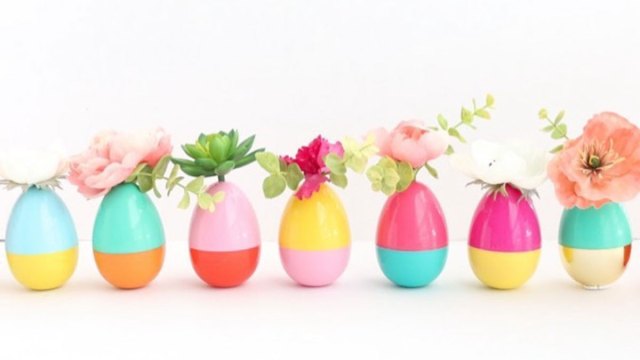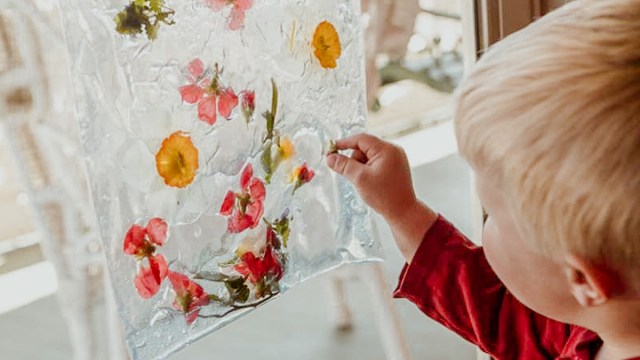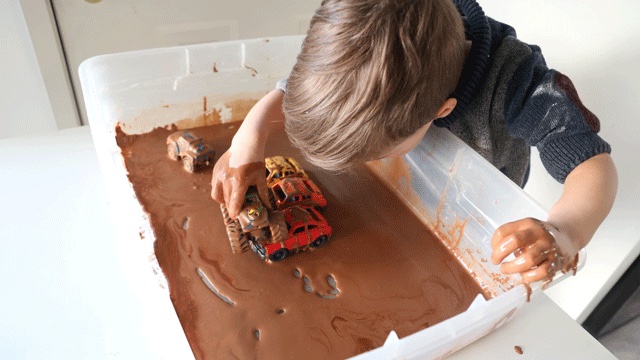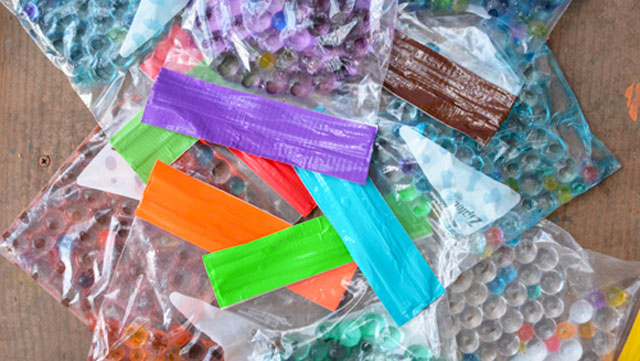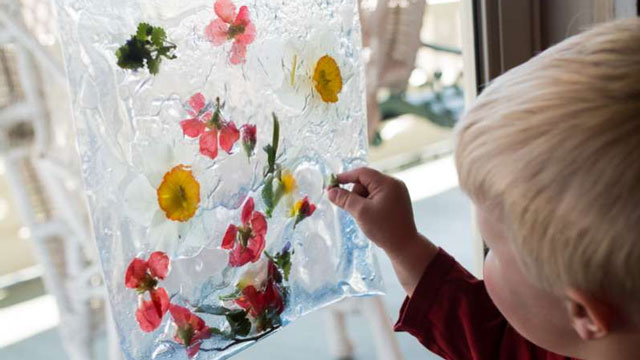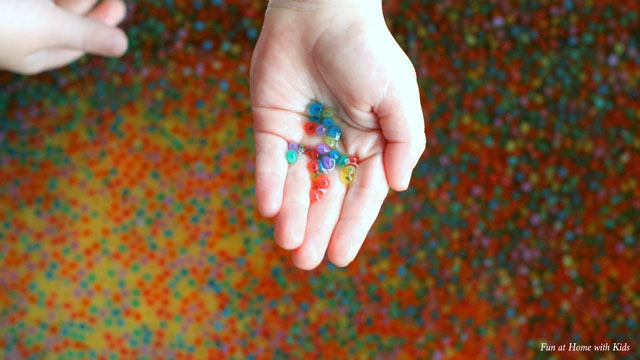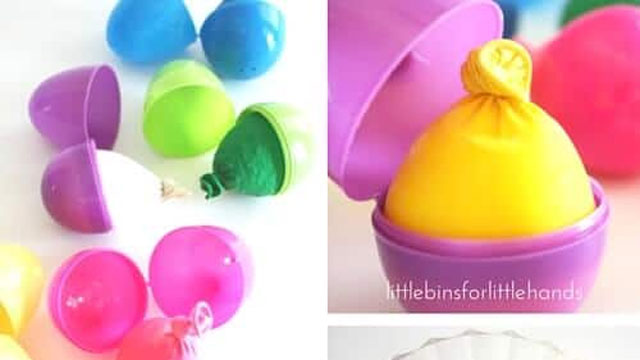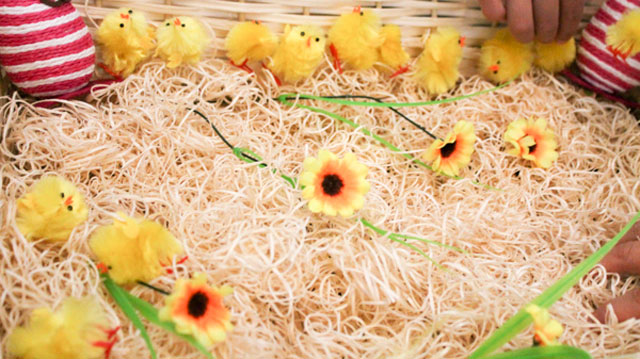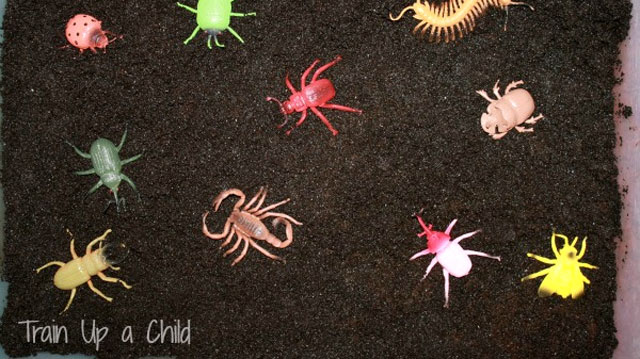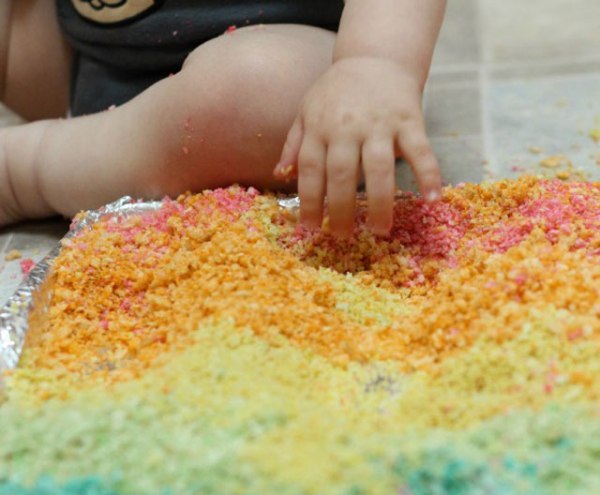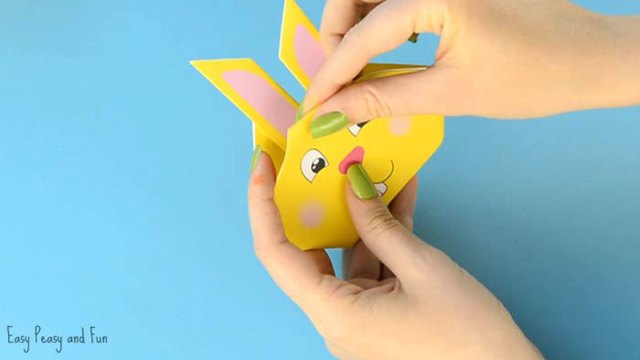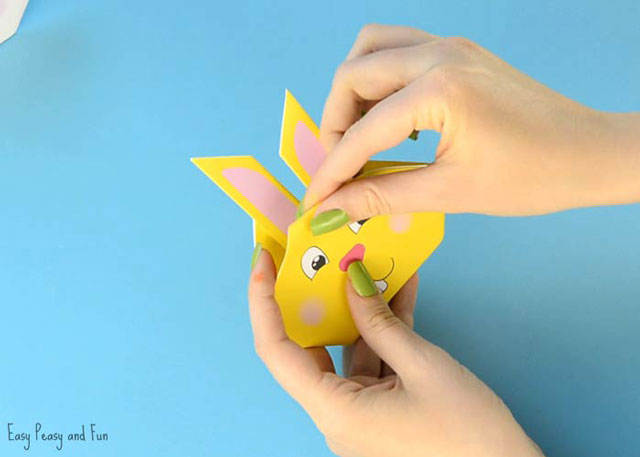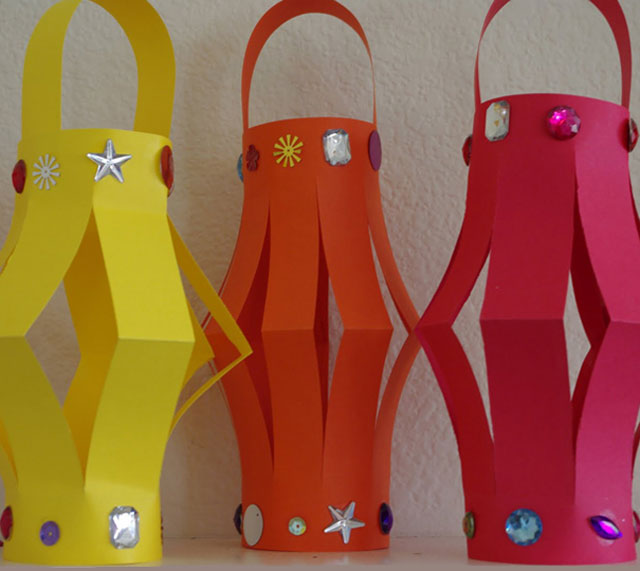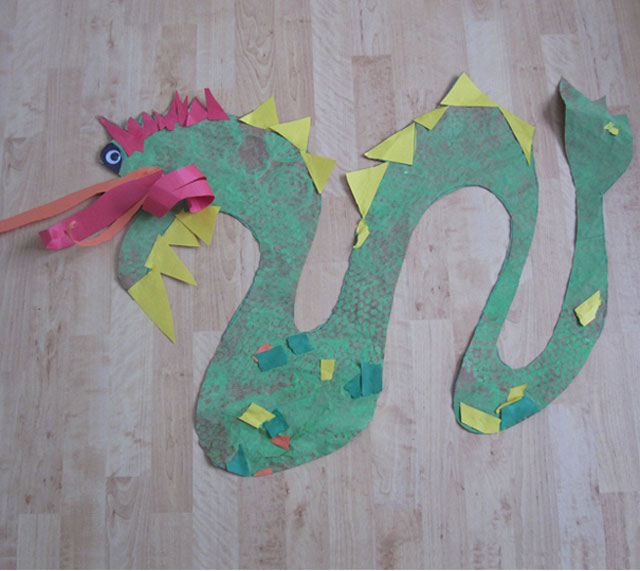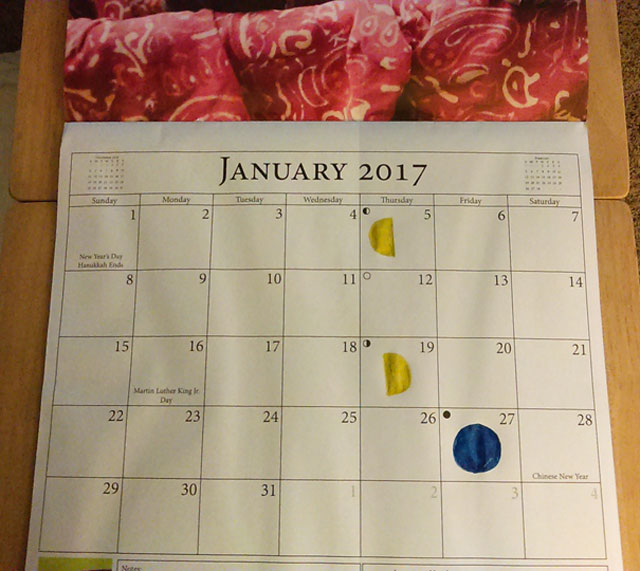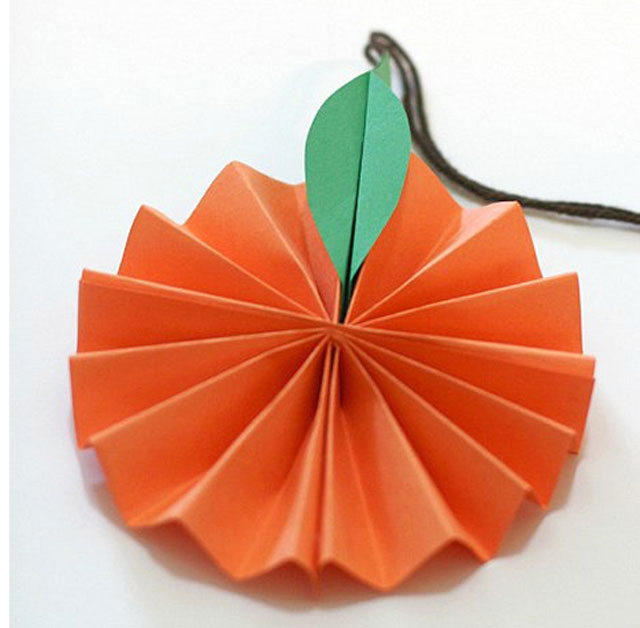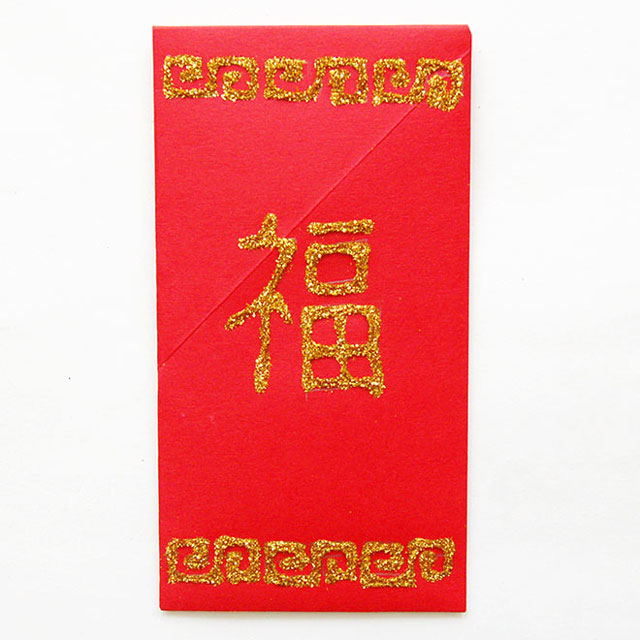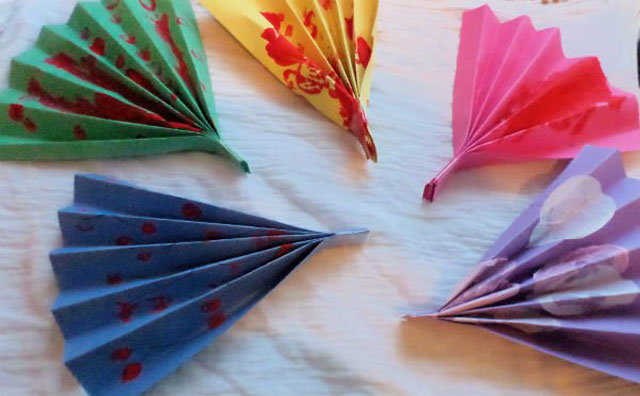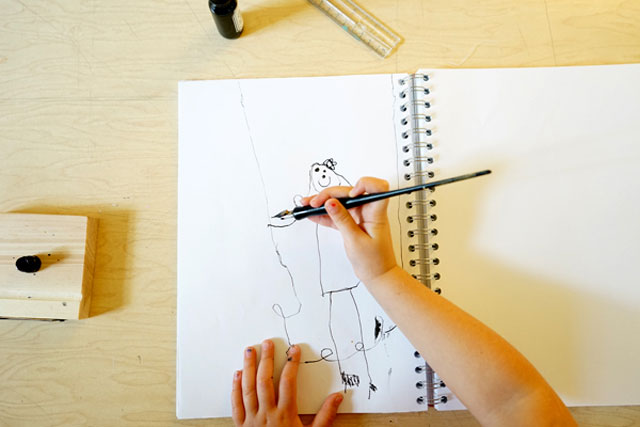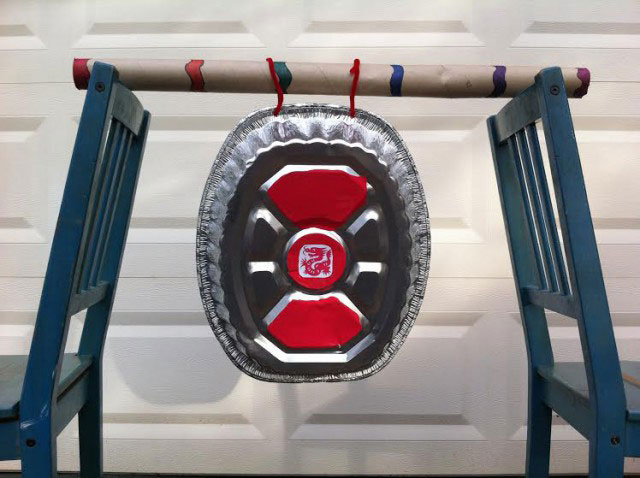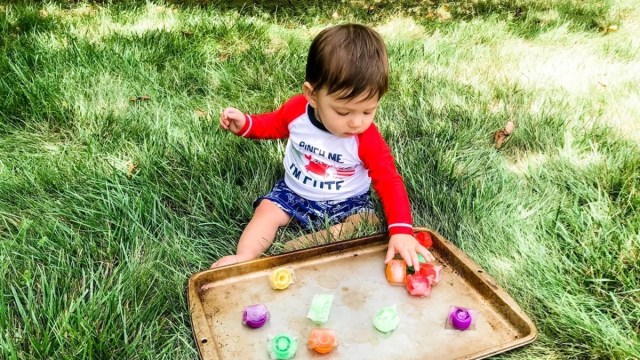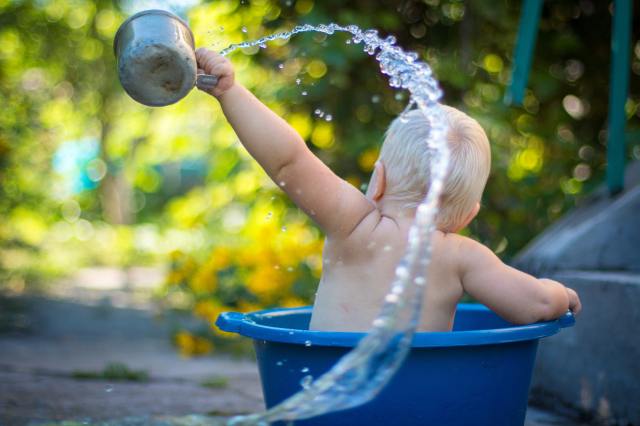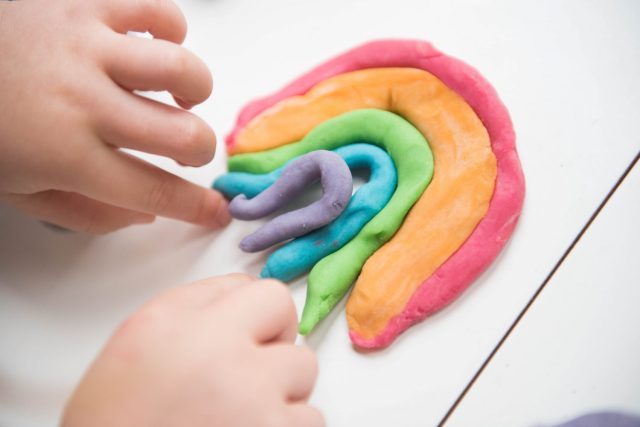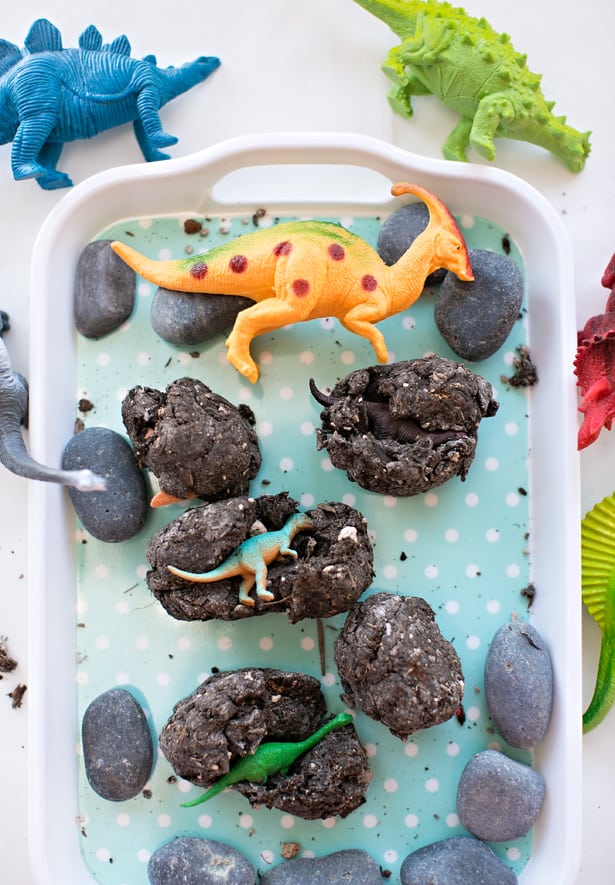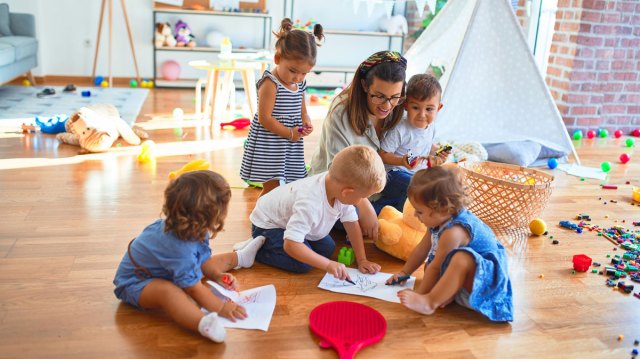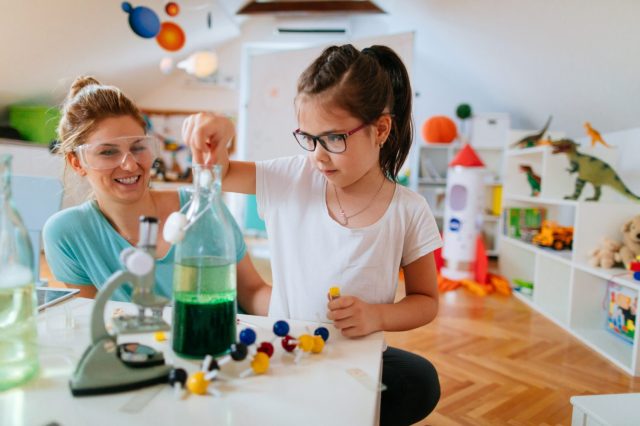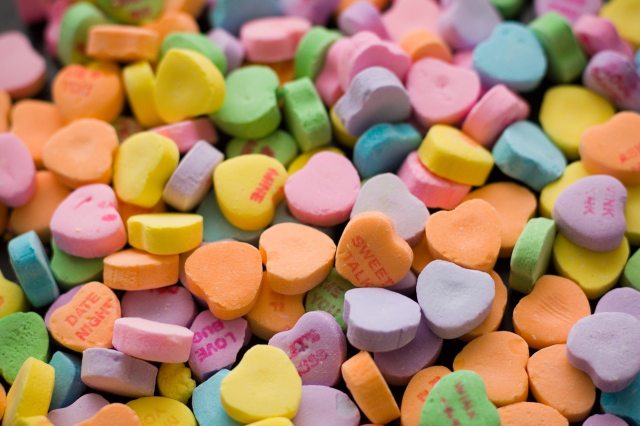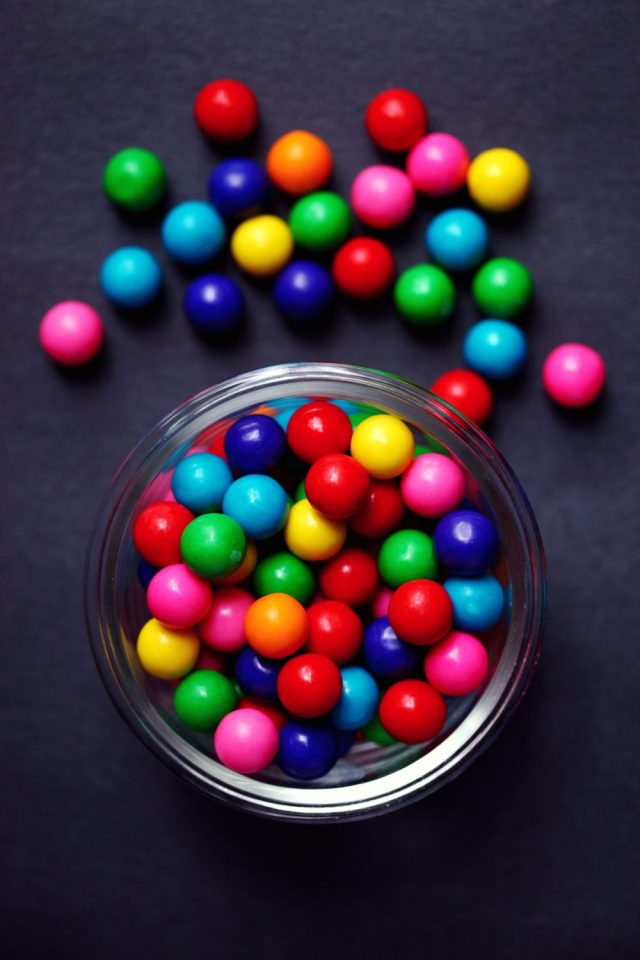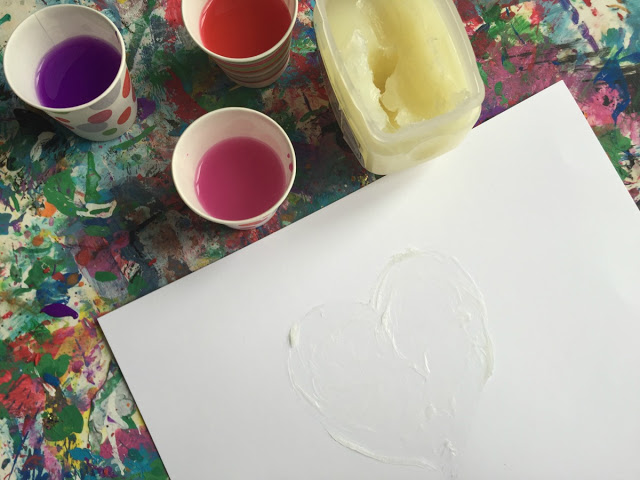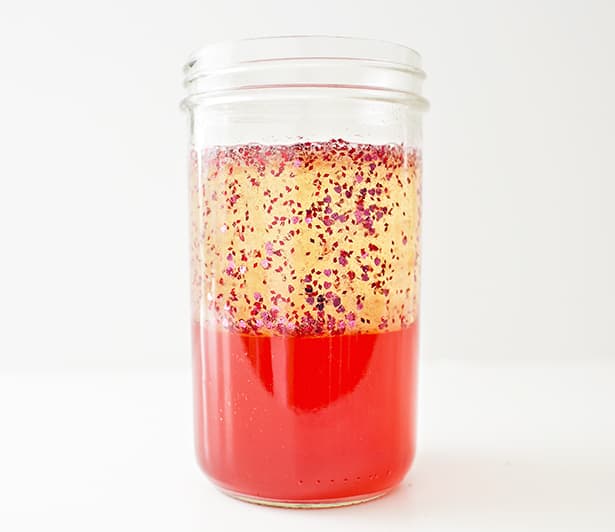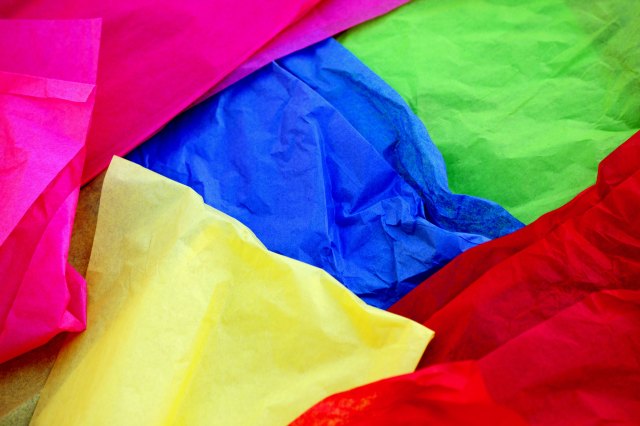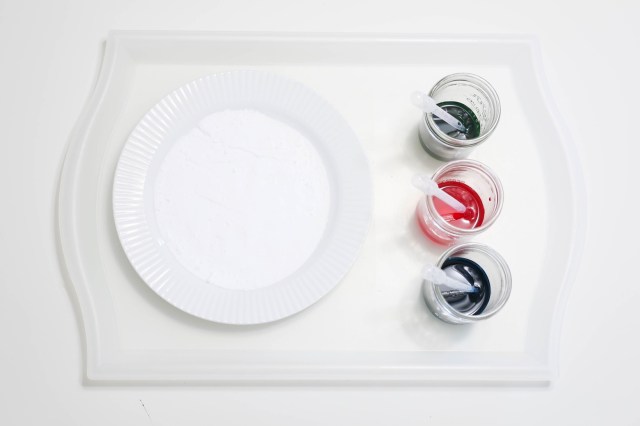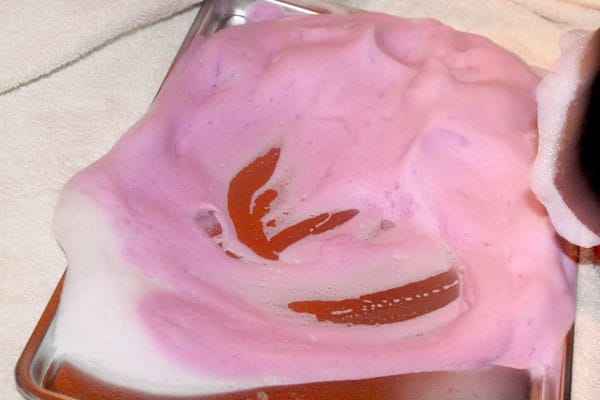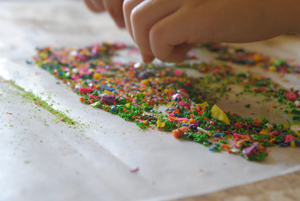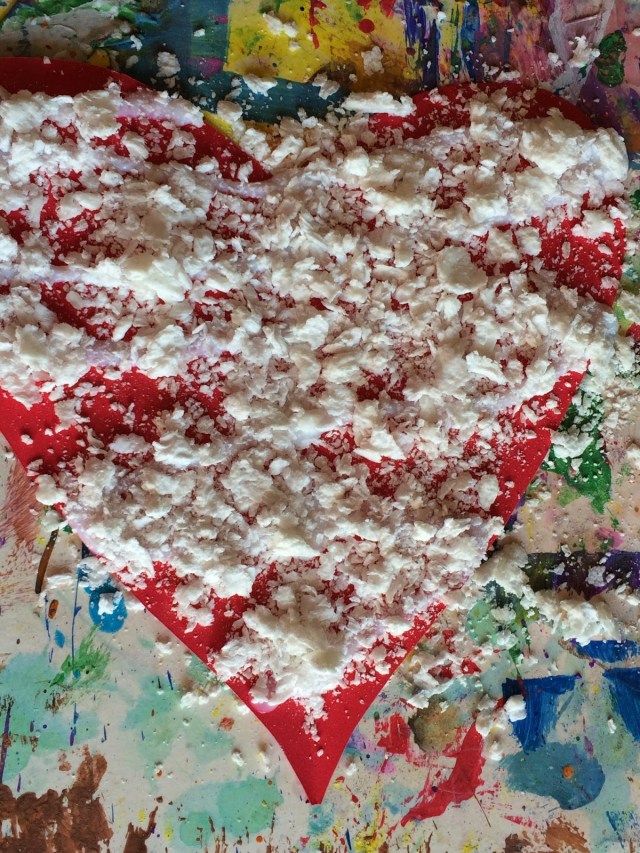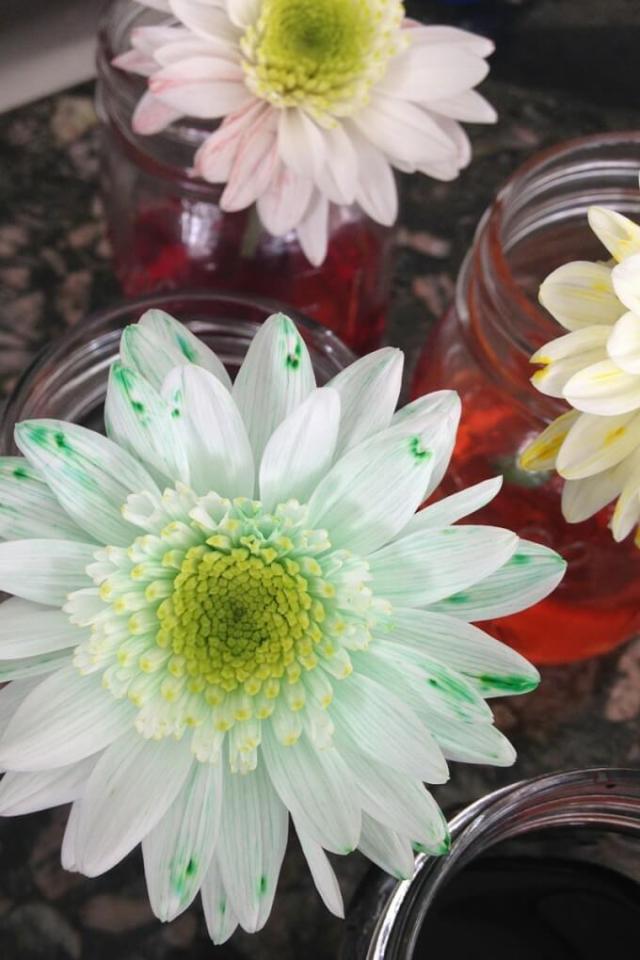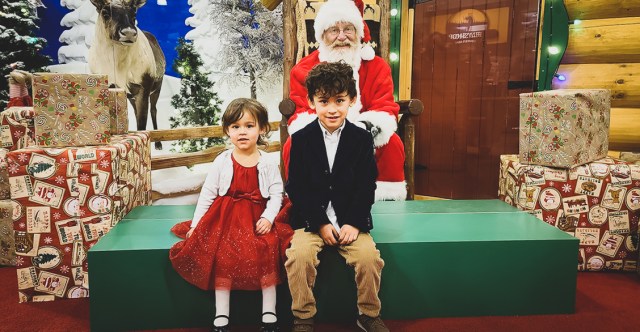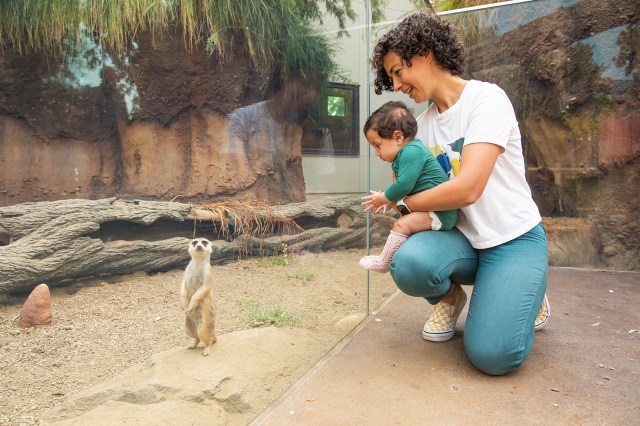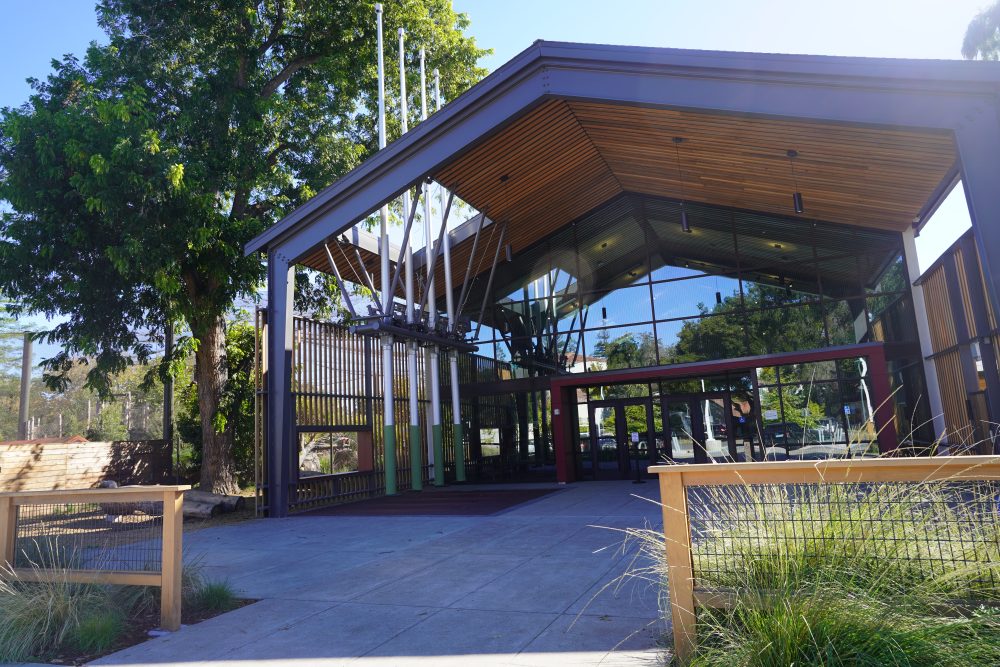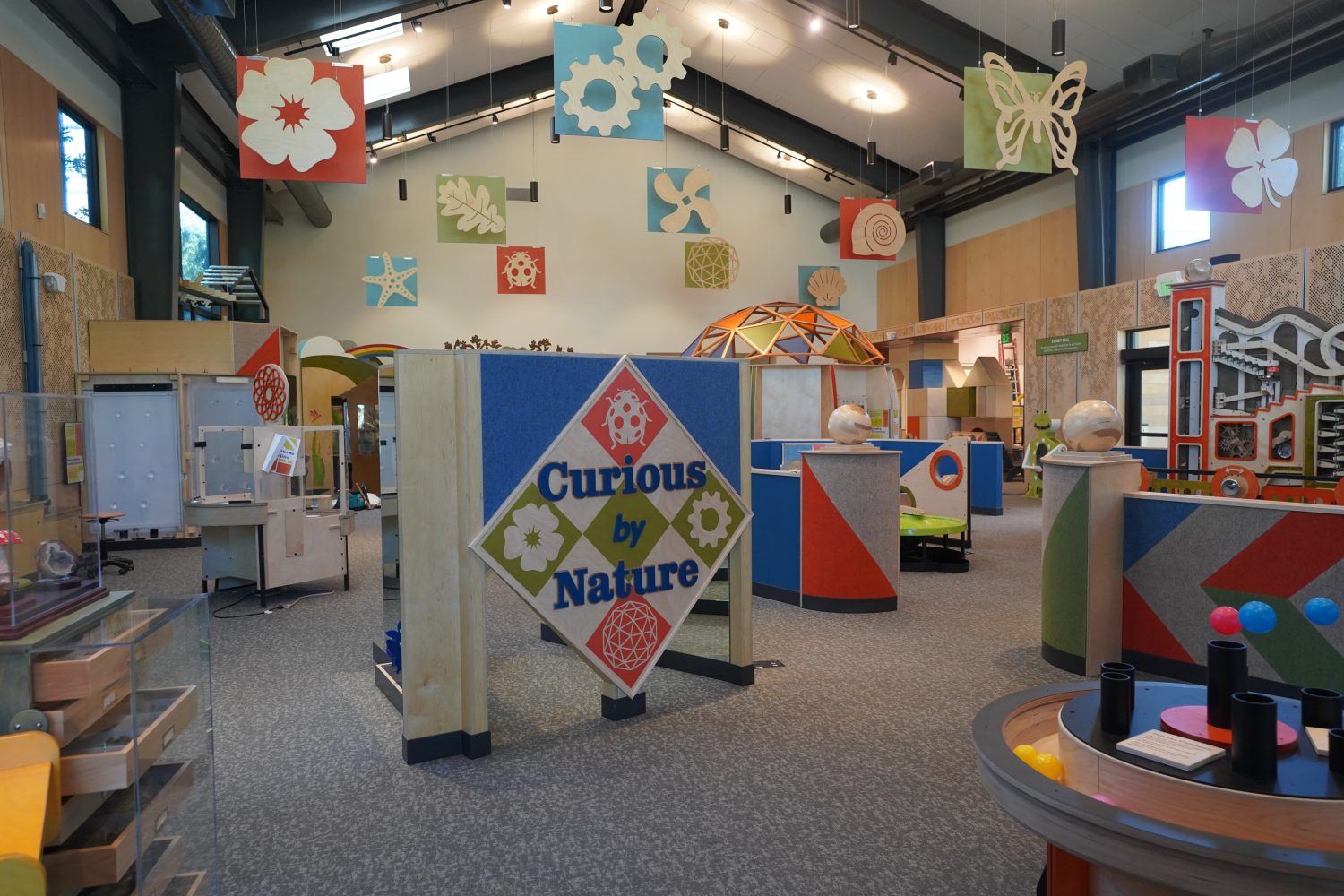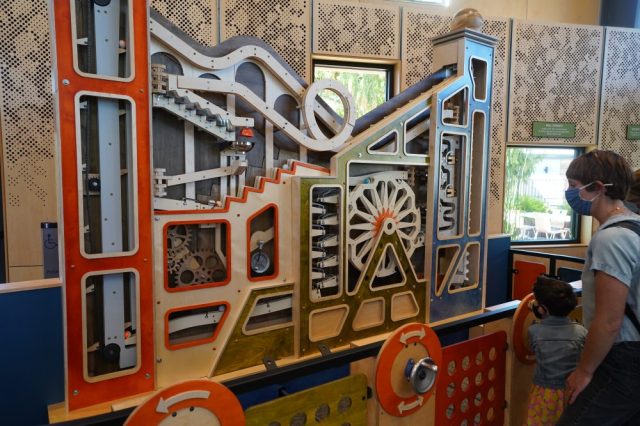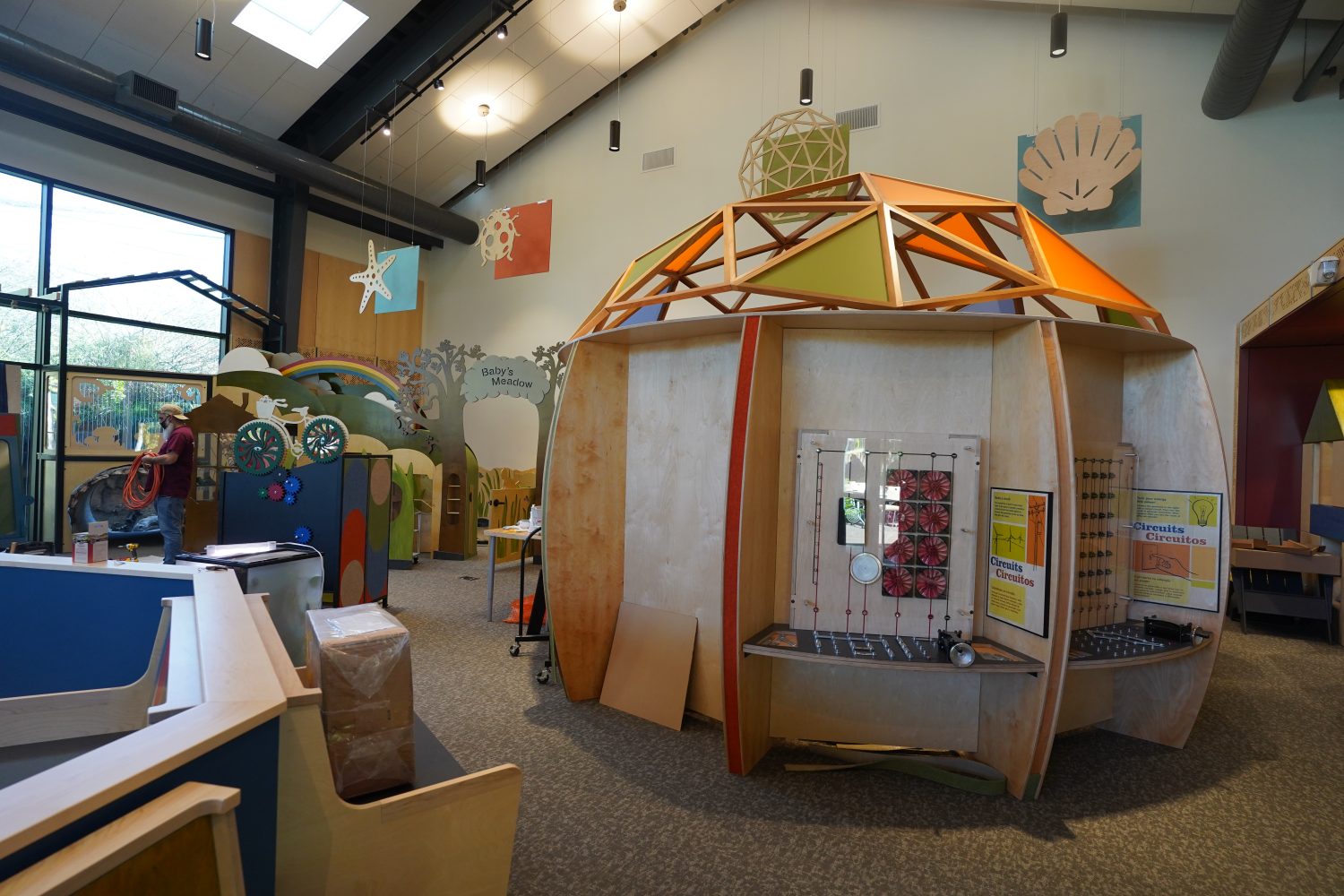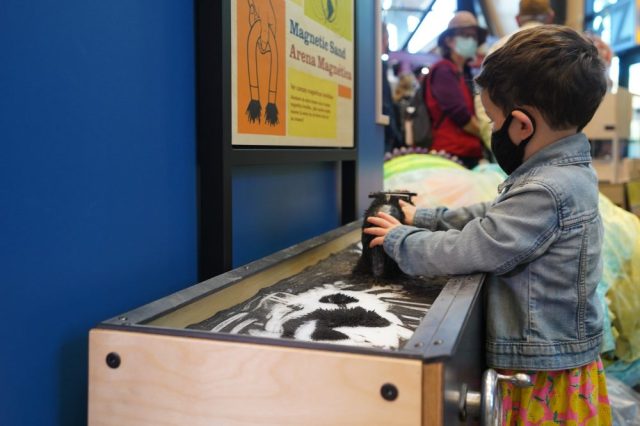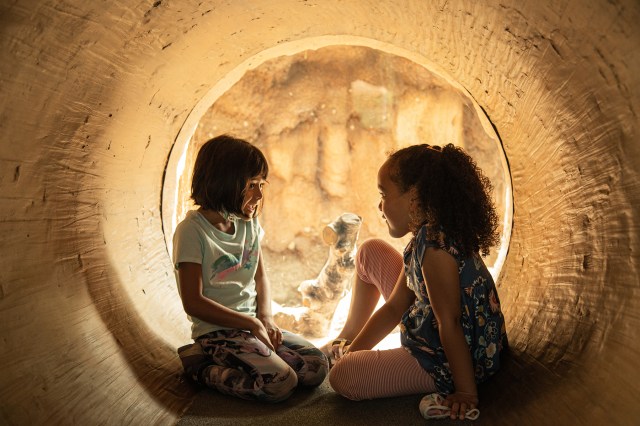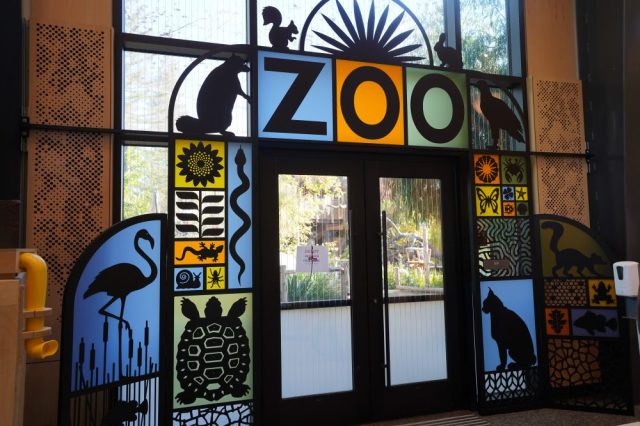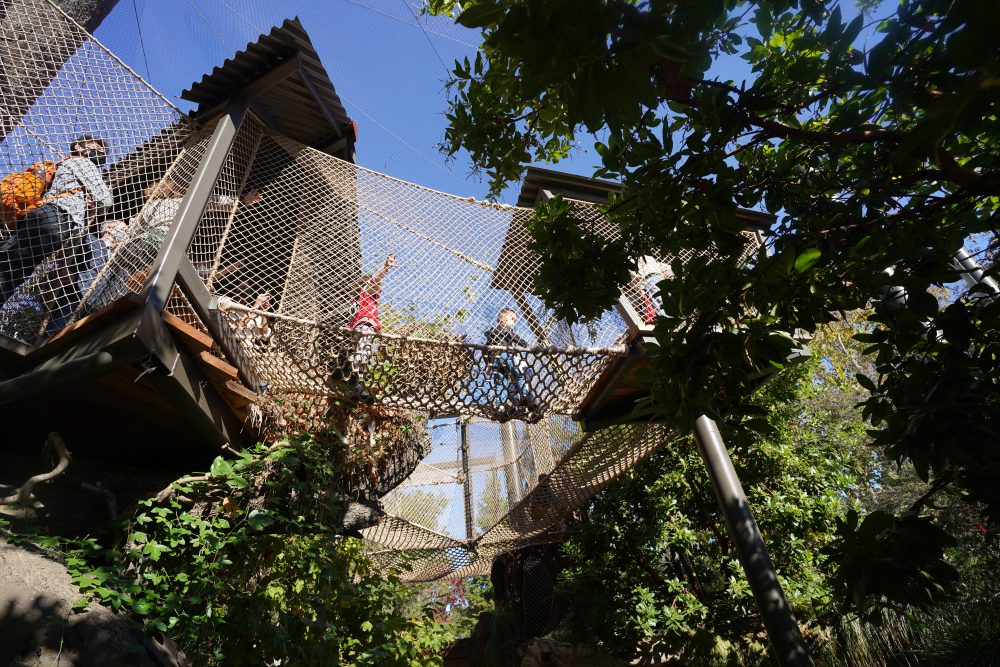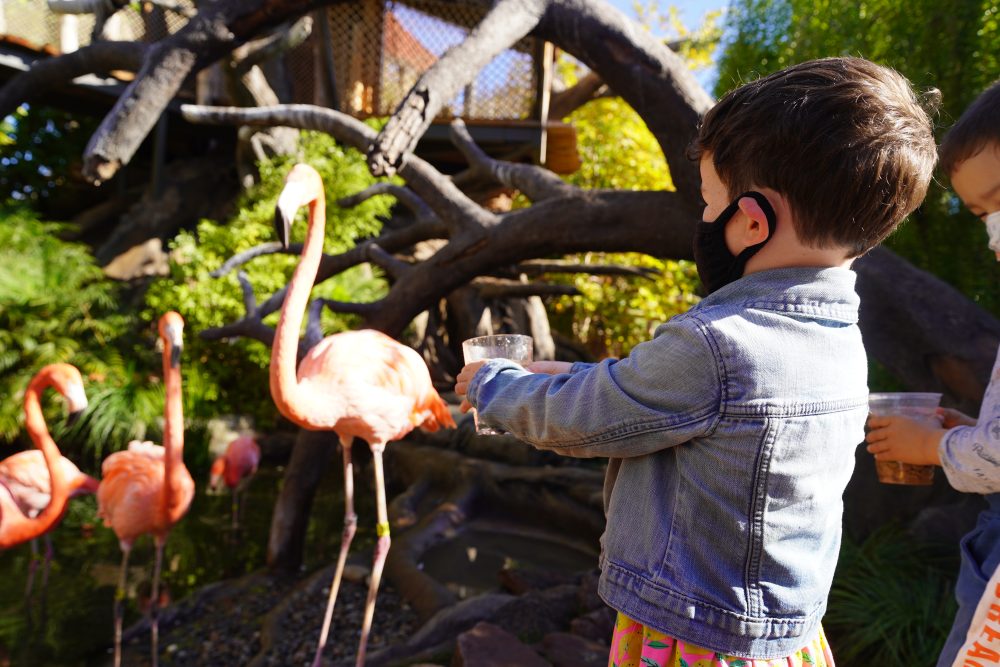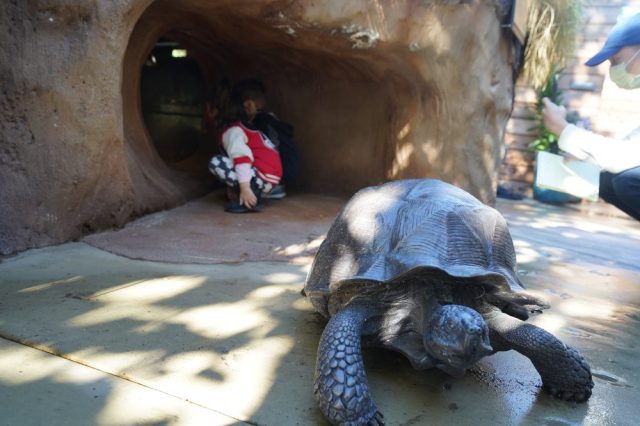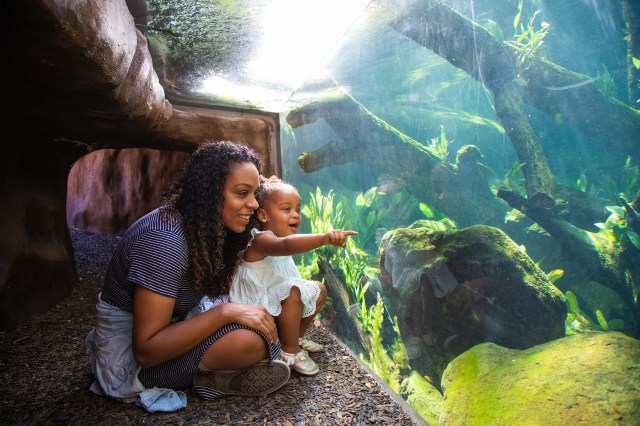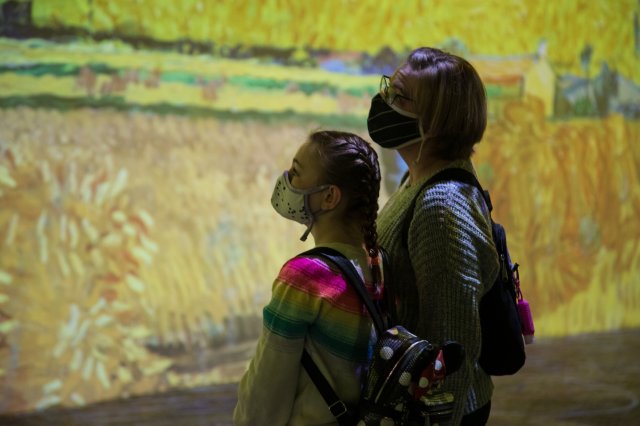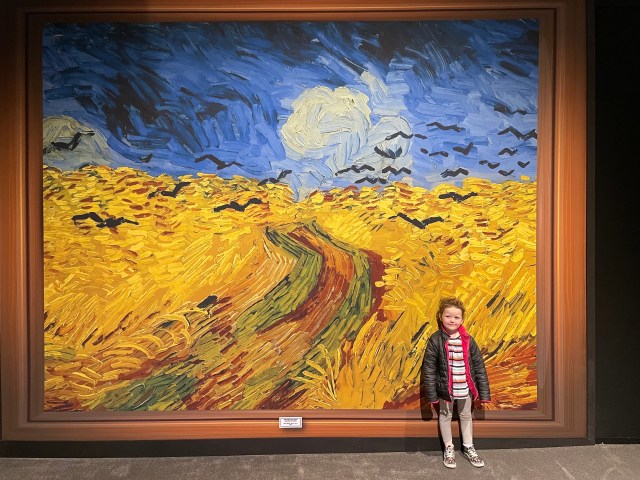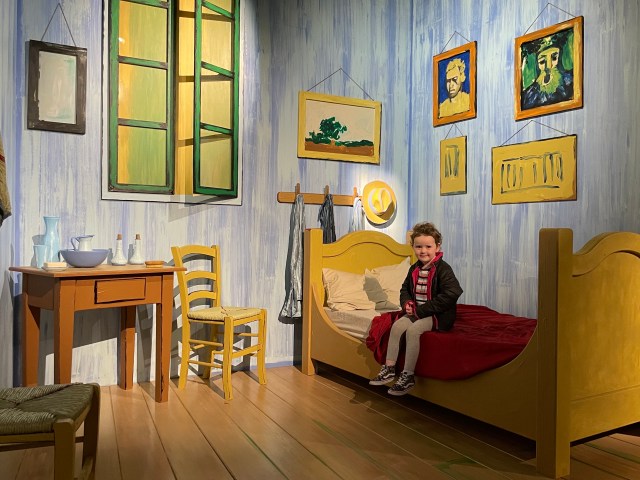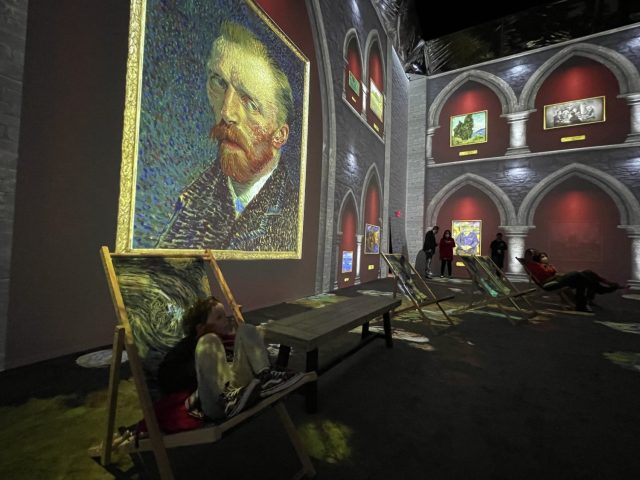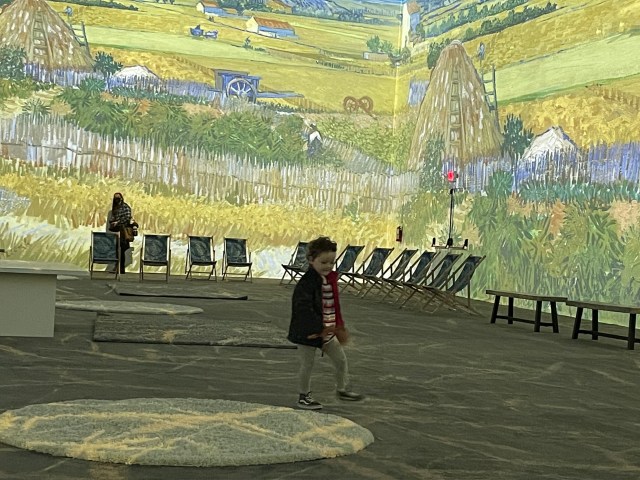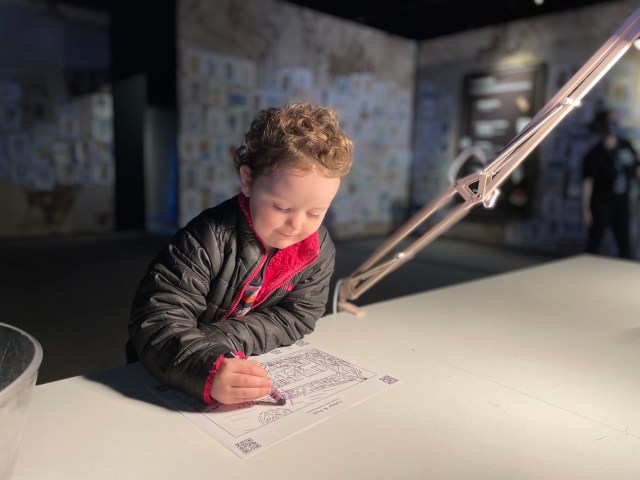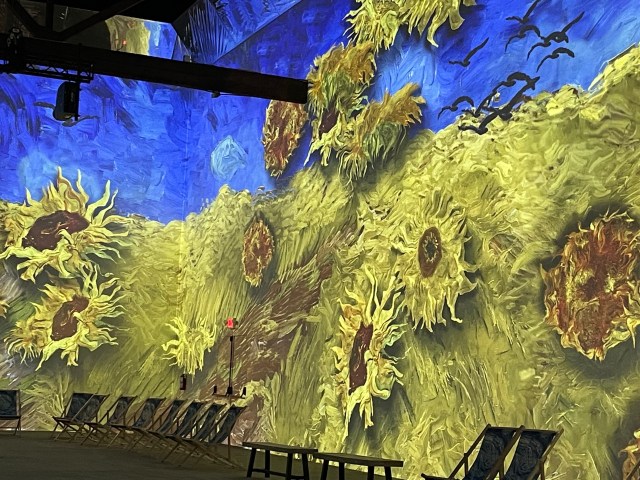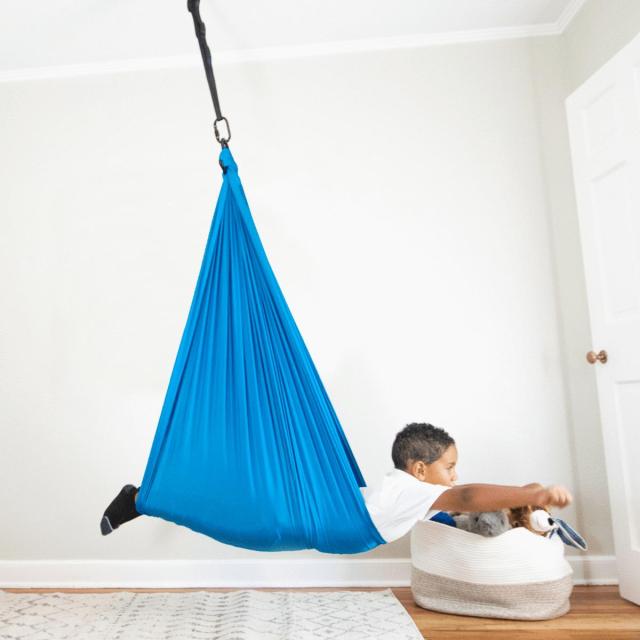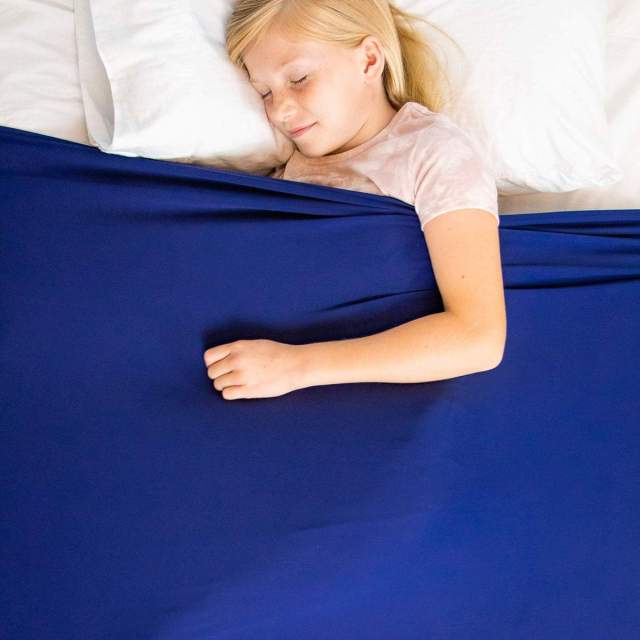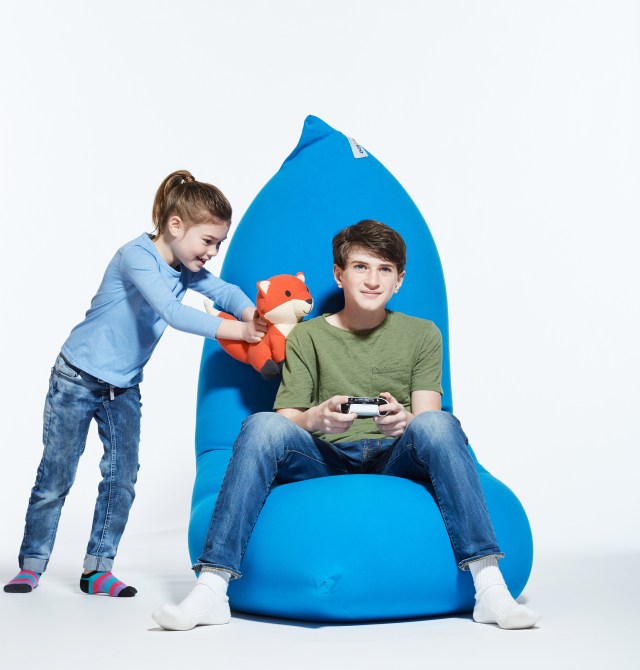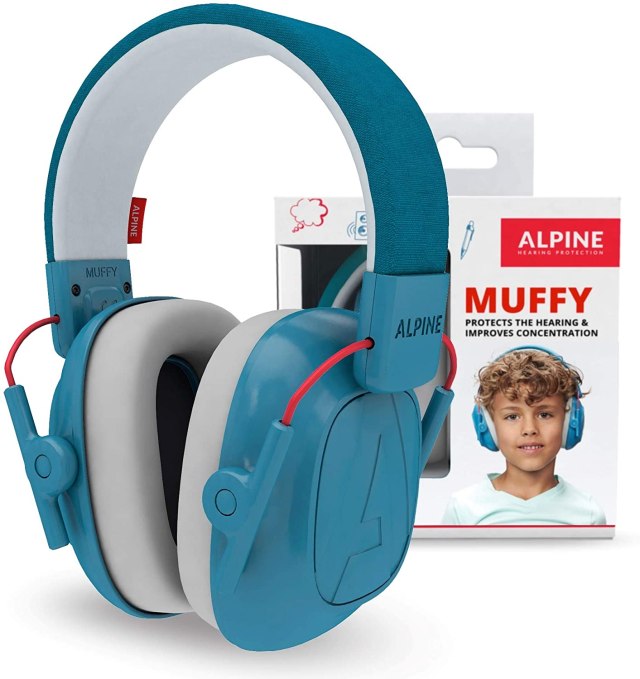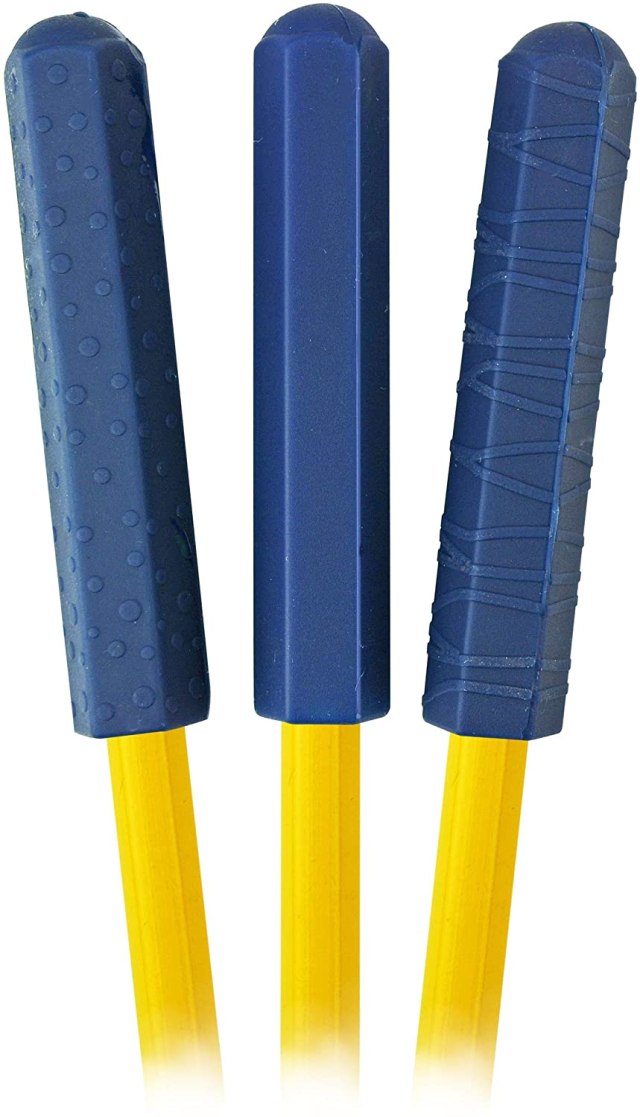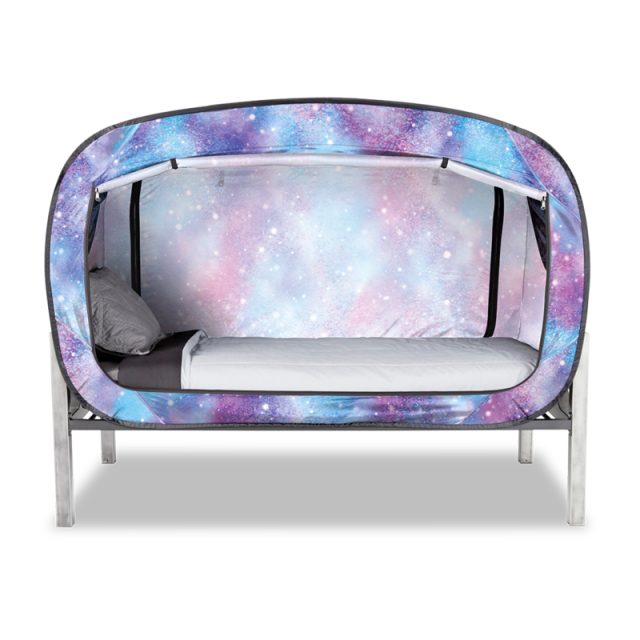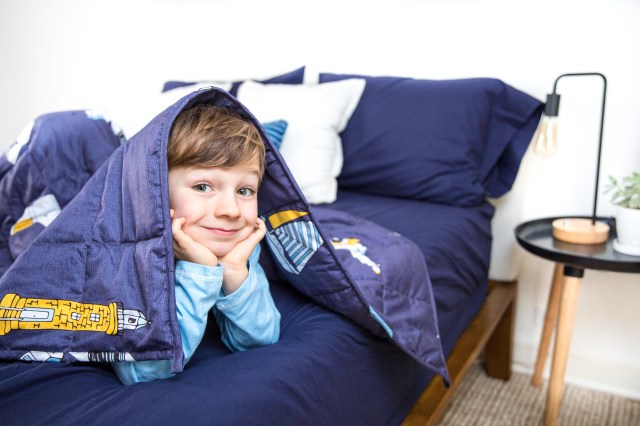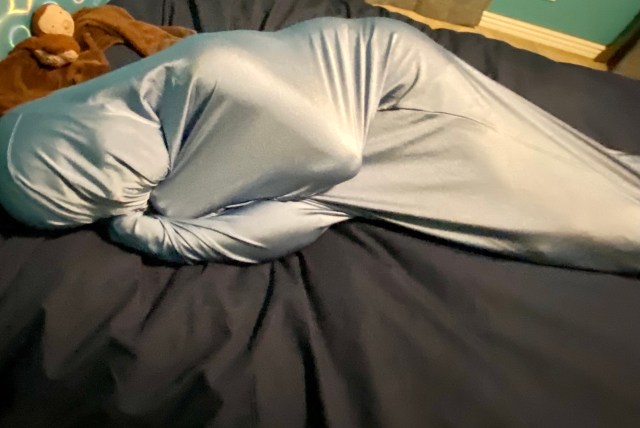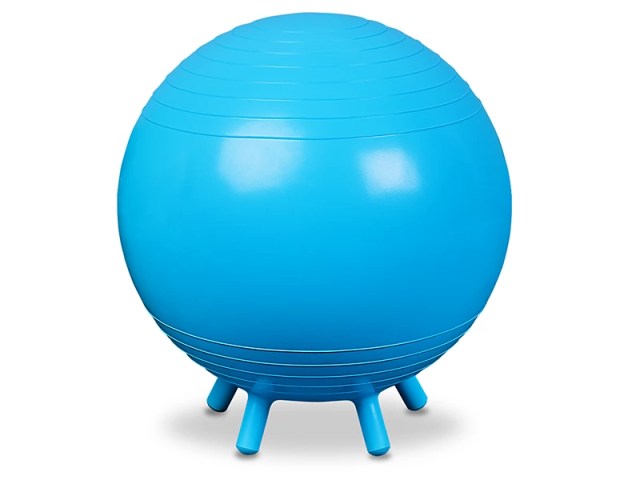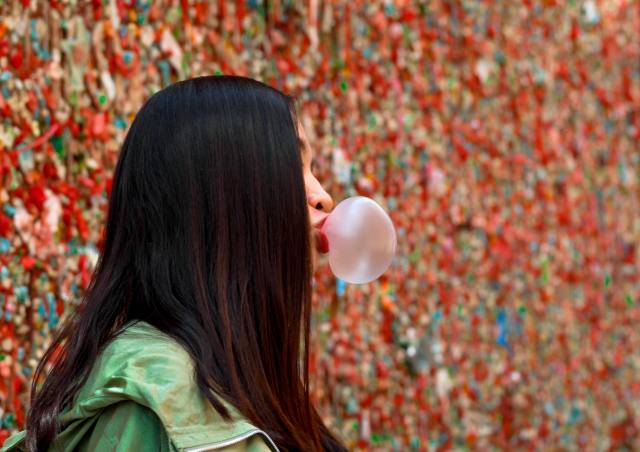When it comes to plastic Easter eggs, we often end up with way more than we know what to do with, so we looked around and found some fun and easy plastic Easter egg crafts and activities that kids will love. From using them as a soap mold or mini planter to festive bunny-themed décor, there are plenty of ways to reuse plastic Easter eggs.
Looking for more crafts for kids? Check out our favorite egg carton crafts, the best crafts for toddlers, and crafts that use upcycled materials.
Rolled Easter Egg Painting
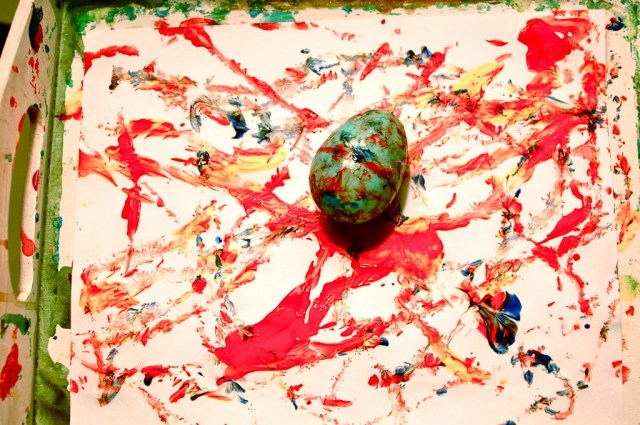
No brushes are needed when you paint with Easter eggs! This creative plastic easter egg craft from Tinkerlab lets your littles express themselves with lots of color.
Egg-Shaped Soap

Why buy soap when you can make it, and in an egg shape at that! This easy-to-make plastic easter egg craft from Mad in Crafts takes simple ingredients to whip up soap and uses plastic eggs as a mold. After four hours in the fridge, you have your own (festive) soap.
Bath Bombs

There are bath bombs, and then there are Easter egg bath bombs. While this DIY from Bitz & Giggles requires adult supervision (there's citric acid involved), your kiddos will get a kick out of making, decorating, and using these bath accessories in the tub or for some fun science experiments.
Plastic Easter Egg Succulent Planters
You had us at succulents. Click through the Instagram post above to see the stylish mini planters, and check out the tutorial from Kailo Chic. You'd hardly know these planters were once plain, plastic Easter eggs!
Plastic Easter Egg Flowers
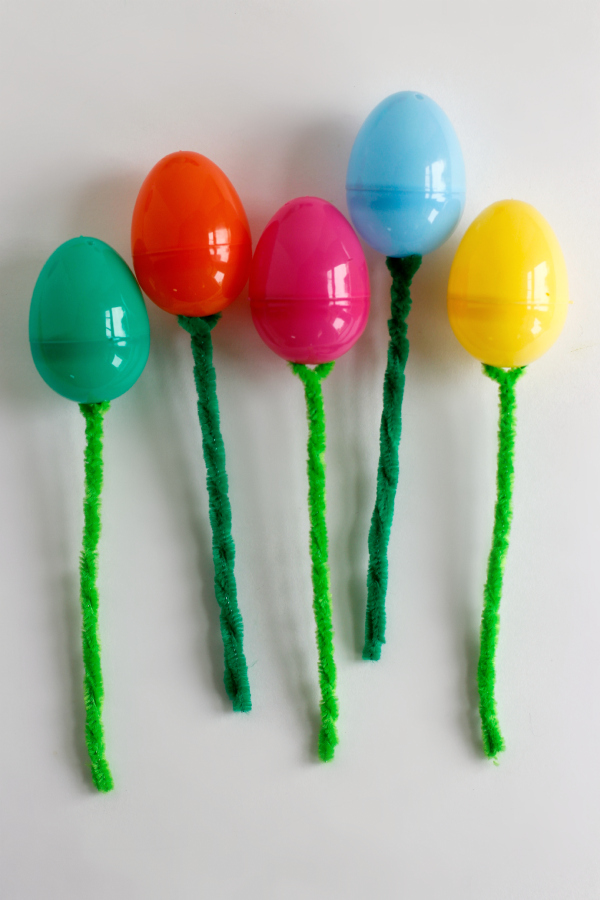
Plastic Easter eggs and pipe cleaners are all you need to whip up a bouquet that lasts forever. Marie from Make and Takes whipped up a simple array of flowers in a flash, and your kids can too—this would be one fun afternoon activity.
Plastic Easter Egg Spring Garland

Those plastic Easter eggs aren't just for hunting! You can turn them into festive decor like this adorable garland from The How To Mom. String up with some simple pom poms and you have a simple decoration that kids can help make.
Plastic Easter Egg Maracas

This genius plastic Easter egg craft from Made Everyday is bound to be a hit with your budding musicians. They’ll have a blast filling and decorating the maracas, not to mention the hours of entertainment once they’re done.
Round Rockets
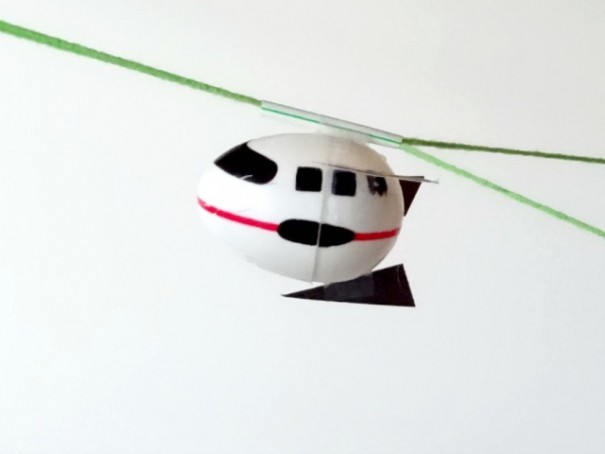
It’s a bird, it’s a plane, it’s a plastic egg? Using stuff you probably have in your desk drawers (tape, paper, etc.), you can make a few rockets and let the kids race them in two ways—into the sky or back down to earth. Find out what you’ll need for this fun project at Inspiration Laboratories.
Bird Feeder
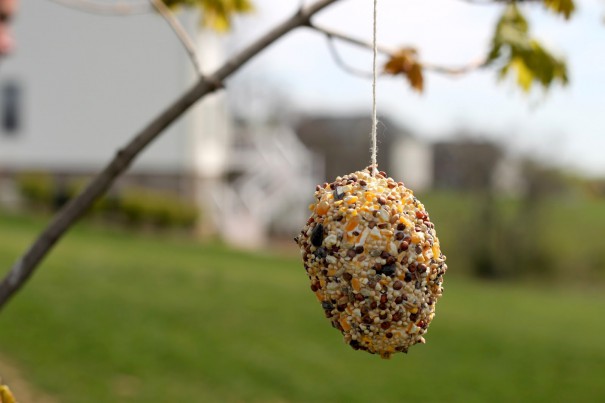
Why should bunnies have all the fun? With some bird feed, it’s a cinch to make a yummy snack for feathered friends. Want to know exactly what’s needed for this project? Get the answers over Playing House in Maryland.
A Spring Wreath
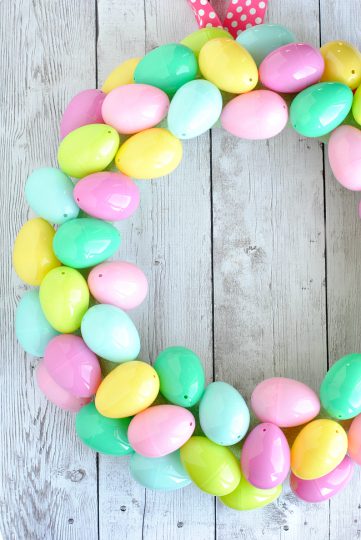
Craft a colorful wreath perfect for spring like this one from Crazy Little Projects. It’s easy to make using just a few craft store supplies and cute enough to display all season long.
Tea Light Flight
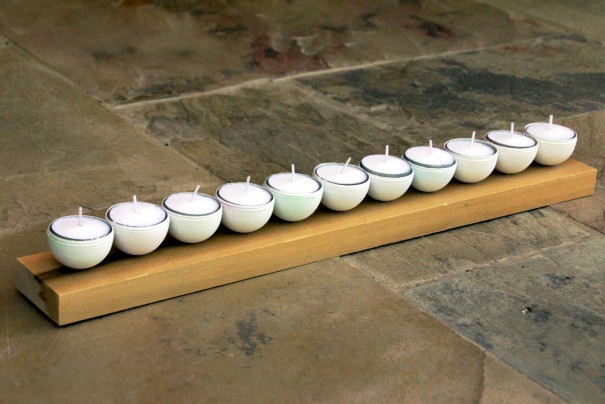
We are still blinking in amazement over this upcycled DIY. You can make a gorgeous tea light flight for next to nothing with a few supplies (including hot glue and paint). Find the how-to, and the answer to the question “will the eggs melt?,” over at Taylor Made Creates.
Hot Air Balloon Eggs
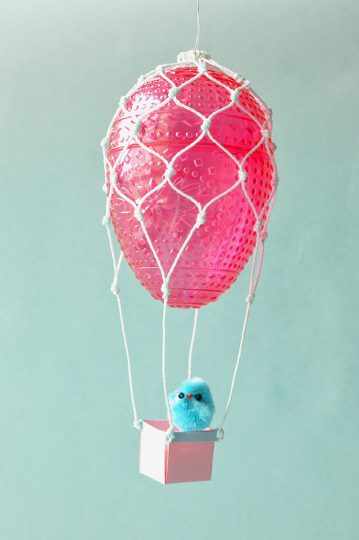
Easter eggs become entirely new with these adorable hot air balloons from Snowdrop and Company. They’ll make a whimsical decoration for your little one’s room or can be used to stash secret treats.
Plastic Easter Egg Mini Terrariums

Keep the spring feeling around longer by creating a mini terrarium. We love this version from The House that Lars Built; not only are the eggs gorgeous, but the flowers aren’t real, which means you and the kids can enjoy the fruit of your labor for more than a few days.
Eggs as Stamps

Perfect for toddler hands, easy-to-grip plastic Easter eggs make an awesome addition to any artsy afternoon. Find out what kind of paint to use, and other handy tips, over at Buggy and Buddy.
Little Bees

How cute are these little bees from Tried & True? We love how simple they are—you can craft a flock of them in no time and string them up to add some color to your space.
Make a Sensory Bin

Easter eggs … if you’ve got a few (or 100) laying around after the big day, you can easily set up this sensory project we spotted at Little Bins for Little Hands. All you’ll need is soap, water, and enthusiastic kids.
Popsicle Molds

How awesome are these frozen yogurt molds from Mama. Papa. Bubba? The hardest part of this brilliant idea is making a place for the popsicle sticks. With just a little planning (and an electric tool), you’ll be on your way.
Plastic Easter Egg Number Snake

We love this craft-meets-learning activity from I Can Teach My Child. Kids will have a blast practicing their numbers while building fine motor skills. Once it’s done, they’ve got a cute playtime-ready snake.
Plastic Easter Egg Toss Game

You can’t go wrong with good old-fashioned competition, and this idea from A Mom with a Lesson Plan will keep the kids occupied for hours. Gather your plastic eggs and empty water bottles, and you’re halfway there.
DIY Easter Egg Mobile

This adorable mobile made from recycled plastic Easter eggs is not only the perfect touch to a kid's room, but it's also pretty simple to do. Jennifer Perkins breaks it all down for you, including the how-tos and the supplies you'll need, here.
